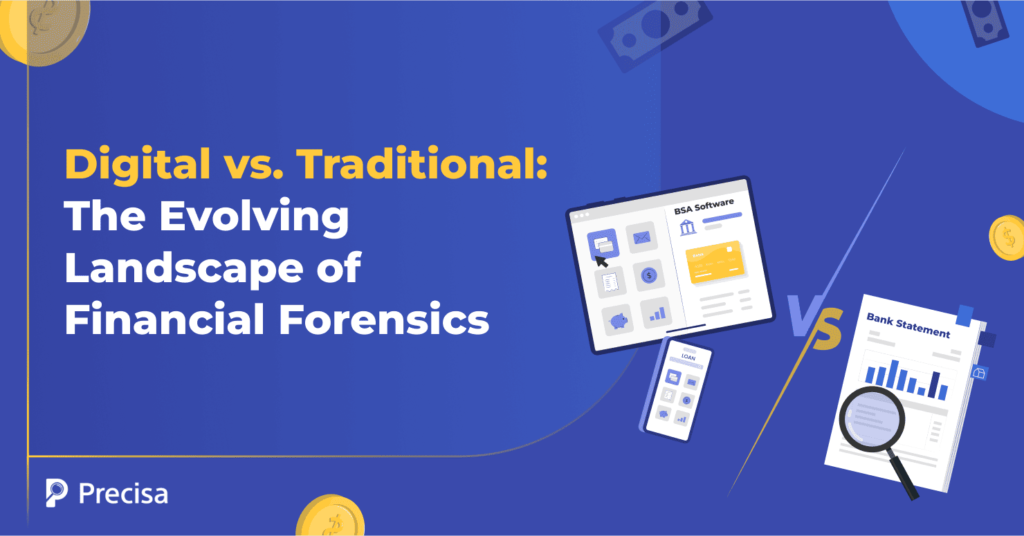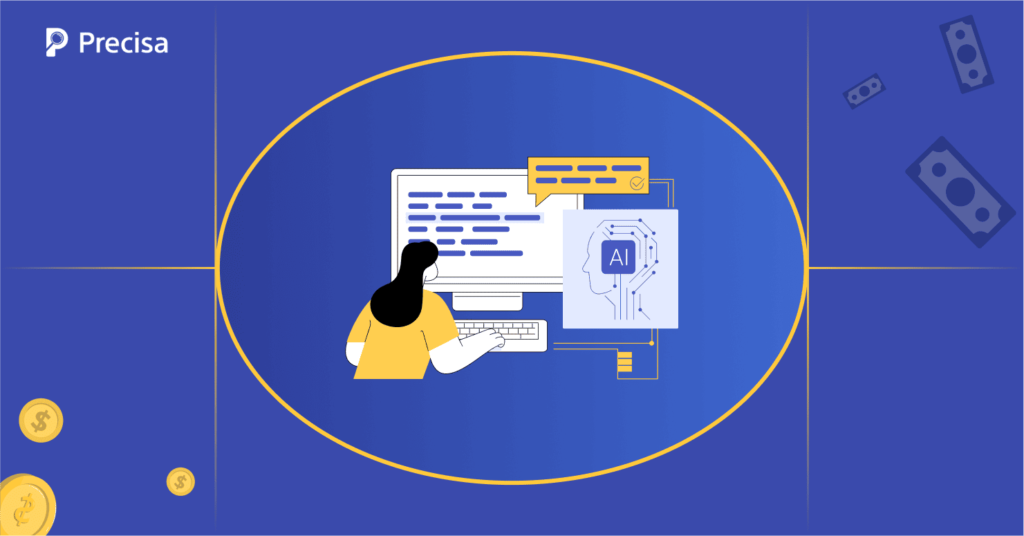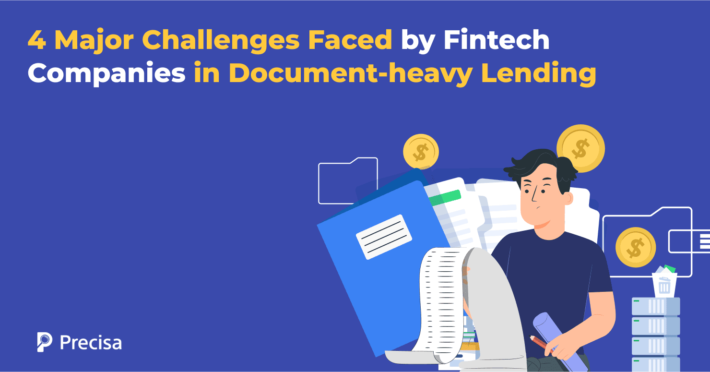Digital vs. Traditional: The Evolving Landscape of Financial Forensics

In the last few years, financial forensic investigations have changed a lot. You might be surprised to learn that forensic auditors used to spend 30 to 45 days going through bank statements by hand and following money trails across several accounts.
And today’s digital platforms? They can complete those same investigations in 25 to 30 minutes with better accuracy and more comprehensive insights.
This isn’t just about getting faster technology. It’s a complete paradigm shift in how financial crimes get investigated, how fraud gets detected, and how compliance gets maintained. Financial criminals are getting more sophisticated by the day, so the tools and methods we use to catch them need to evolve just as quickly.
Traditional Forensic Methodologies: The Constraints We All Lived With
Here are the key pain points of manual forensic audits:
1. The Manual Investigation
Traditional financial forensic investigations were built on manual processes. They were very careful, that’s for sure, but it made running the firm much harder. Forensic auditors frequently took weeks to finish sophisticated examinations, collecting data from physical documents by hand and then going through them to detect flaws.
This is what a normal routine looks like: Investigators would obtain piles of bank statements (and we’re talking about real piles here), spend hours translating different formats into workable spreadsheets, and then carefully check transactions across multiple accounts.
Every single transaction needed an individual assessment. Patterns only emerged after days of careful analysis. The process wasn’t just exhausting—it was prone to human oversight, and frankly, sometimes important details slipped through the cracks.
2. Resource and Scalability Challenges
Traditional approaches had limitations that went way beyond time constraints. Manual data extraction from bank statements was time-intensive and susceptible to human error.
Processing large transaction volumes efficiently remained challenging, often resulting in overlooked patterns that sophisticated perpetrators deliberately obscured.
Resource allocation was an ongoing headache. The forensic industry faced persistent scalability issues because each case required skilled specialists whose availability was limited and whose services commanded premium pricing.
As financial crime sophistication increased and case volumes grew, traditional methodologies just couldn’t keep pace with demand.
3. Technology Gaps
The technological infrastructure supporting traditional forensics wasn’t adequate for modern requirements. Limited pattern recognition capabilities, lack of automated suspicious activity detection, and insufficient tools for cross-referencing data from multiple sources created significant operational bottlenecks.
These gaps became particularly apparent when dealing with sophisticated money laundering schemes involving circular transactions or complex inter-bank transfers.
Human investigators, regardless of their skill level, simply couldn’t process the volume of data needed to detect these patterns within reasonable timeframes.
Digital Transformation in Financial Forensics
So, how does digitisation change financial forensics? Here’s how:
1. AI and Machine Learning Integration

The integration of artificial intelligence and machine learning technologies has fundamentally altered forensic investigation capabilities. Modern digital platforms automatically categorise transactions, detect counterparties, and identify sophisticated patterns that would require extensive manual effort to uncover.
Here’s what makes this particularly powerful: the learning capability. These systems continuously improve their detection accuracy based on new fraud patterns and investigation outcomes.
They can identify anomalies that human investigators might miss—subtle variations in transaction timing or amounts that suggest coordinated money laundering activities.
2. Real-Time Processing Capabilities
Real-time data processing has eliminated traditional operational constraints. Modern forensic platforms instantaneously convert various bank statement formats and complete analysis within minutes rather than weeks.
Account Aggregator integration ensures data verification and tamper-proof processing, eliminating risks associated with physical document handling.
This speed advantage translates into real-world impact. Investigations that once took months can now be completed in hours, allowing law enforcement agencies to freeze assets before they disappear and enabling financial institutions to respond to threats in real-time.
3. Comprehensive Analysis Features
Digital tools now perform multi-account cross-referencing, track inter-bank transfers across institutions, and provide First In, First Out (FIFO) tracking that precisely maps money flow from source to destination.
UPI transaction analysis with Reference Number (RRN) detection and comprehensive money trail visualisation provides investigators with detailed insights into complex financial networks.
These capabilities reveal connections that were previously invisible. Circular transactions between seemingly unrelated accounts can now be detected automatically, exposing sophisticated laundering schemes that would have taken weeks to uncover manually.
Comparative Analysis: Traditional vs. Digital Approaches
Here’s how the traditional and digital approaches to financial forensics stack up:
Speed and Efficiency Gains
The performance differences between traditional and digital forensic methodologies are substantial. With digital technologies, this speed improvement isn’t just about convenience. In financial crime investigations, time is often the difference between recovering stolen funds and losing them forever.
Faster investigations mean faster asset freezing and more successful prosecutions.
Accuracy and Consistency Improvements
Traditional methodologies were vulnerable to human error and subjective interpretation variations.
Digital platforms deliver consistent, algorithm-driven analysis with standardised outputs, reducing false positive rates while minimising the likelihood of overlooking suspicious activities.
Different investigators might interpret the same data differently, leading to varying conclusions. Digital platforms ensure that the same data always produces the same analytical output, creating reliable standards for investigation quality.
Cost and Resource Benefits
Traditional methods required substantial investment in specialised personnel and extended timeframes, making comprehensive forensic investigations expensive undertakings. Digital automation reduces operational costs substantially while improving return on investment for investigative agencies and consulting firms.
Digital platforms offer virtually unlimited scalability through cloud-based processing, enabling organisations to manage multiple complex investigations simultaneously without compromising analytical quality.
Precisa’s Contribution to Financial Forensics
As an AI-driven financial analytics platform, here’s how Precisa helps:
Advanced Financial Forensics Features
Precisa’s forensic features enable this transformation through advanced transaction intelligence that automatically identifies suspicious patterns requiring human review.
Smart money trail detection operates across multiple bank accounts simultaneously, while circular transaction tracking identifies sophisticated money laundering schemes.
The platform supports over 500 banks and 1,000+ statement formats, ensuring comprehensive coverage regardless of investigation scope.
The platform’s ability to process various formats without manual intervention has proven particularly valuable. Investigators no longer spend hours formatting data; they can focus on analysis and decision-making from the moment they receive case materials.
Real-World Transformation
Leading forensic audit firms have demonstrated the transformative potential of digital forensic tools.
A prominent forensic audit firm in Bangalore exemplifies this transformation, having reduced investigation timeframes from 30-45 days to 25-30 minutes
while significantly improving accuracy and comprehensive analysis capabilities.
Where they once dreaded complex multi-account cases, they now handle them with confidence, knowing their digital tools will reveal patterns and connections that manual analysis might miss.
Takeaway
The current transformation represents the foundation for even more sophisticated capabilities. Emerging technologies include advanced artificial intelligence for predictive fraud detection, blockchain integration for enhanced transaction transparency, and real-time monitoring systems that enable proactive threat identification rather than reactive investigation.
These developments promise to shift forensic work from investigation to prevention. Instead of analysing crimes after they occur, future systems will identify and prevent suspicious activities in real-time.
Precisa positions itself at the forefront of this transformation, offering forensic professionals the tools they need to stay ahead of evolving threats. With its comprehensive suite of features and proven track record with government agencies, it provides the technological foundation for modern forensic investigations.
To learn more, contact us.



